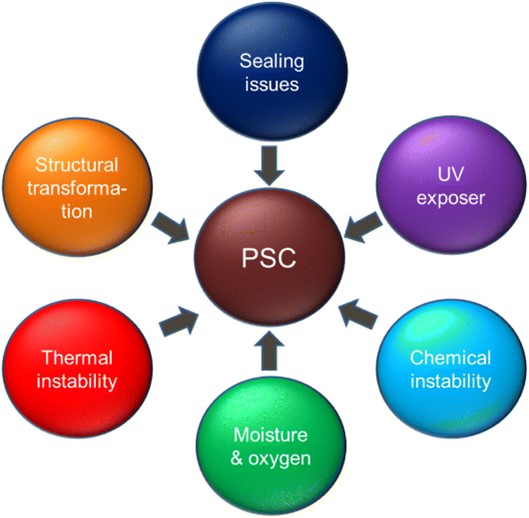Potential Functionality of Perovskite Solar Cells: A Brief Review
Choudhary S1*
DOI:10.61343/jcm.v1i01.2
1* Surbhi Choudhary, Department Of Chemistry, Dpg Degree College, Gurugram, Haryana, India.
Perovskite solar cells (PSC), which have significant efficiency, low production costs, and diverse uses, have evolved as a promising technology for producing environmentally benign energy. The present study examines perovskite solar cells' benefic aspects and associated constraints, emphasizing their potential for futuristic advancement. Furthermore, the remarkable applications of perovskites in energy generation prompted us to evaluate the Power conversion efficiency (PCE) of perovskite solar cells to other solar energy technological advances. Lastly, to resolve issues and promote their equitable adoption, the study presented recommendations for subsequent investigation and advancement.
Keywords: PSC; PCE; Perovskite Solar Cells; Power conversion efficiency; Solar energy; Sustainability
| Corresponding Author | How to Cite this Article | To Browse |
|---|---|---|
| , , Department Of Chemistry, Dpg Degree College, Gurugram, Haryana, India. Email: |
Choudhary S, Potential Functionality of Perovskite Solar Cells: A Brief Review. J.Con.Ma. 2023;1(1):5-11. Available From https://jcm.thecmrs.in/index.php/j/article/view/2 |


 ©
© 
